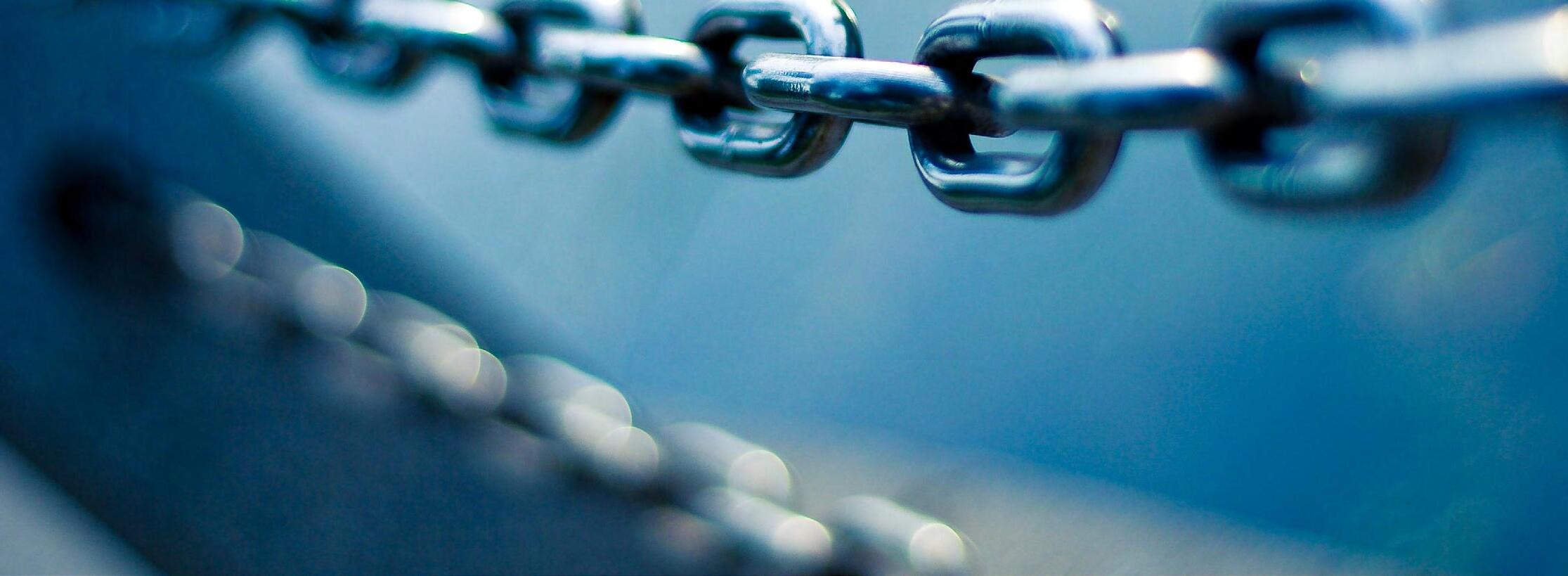
3 minute read
Living With A Complex Supply Chain
from TNF Issue 7
In the early days of my career, the network manger looked at their local custodian and their relationship with the indigenous CSD, if one existed, and perhaps also the local Stock Exchange. They looked at regulation in a cursory fashion, mainly in relation to US SEC 17F5. These days the supply chain encompasses the local custodian, all indigenous CSDs and CCPs as well as all trading venues and reporting vehicles, the payments system, counterparty and legal risks, geopolitical risks, the technology of the securities eco system and any other item that could be relevant to the key tenet of the market, namely safety of assets.
In a pandemic engrossed world, the question has to be how to manage such a diverse chain, what are the biggest risks and what are the potential mitigants?
So how do we manage this diverse and complex supply chain? We cannot adopt longer term either the contingency processes that travel and interface constraints have created or the traditional structure we had pre-Covid. Elements of today’s modus operandi will prevail but they will not become a substitute for on site, in depth analysis of suppliers and their broader eco-system. But the teams around due diligence will need to change as will the methodology. I suspect the preparation phase will grow dramatically, partly due to usage of standard due diligence packages but also in terms of initial analysis by a broader team to ascertain the key issues to be assessed on a subsequent visit. This team needs the expertise of the key stakeholders, who need to then agree the composition of the on-site due diligence team. This should reflect the risks identified and is unlikely to be composed simply by traditional network executives for, in areas such as technology or risk, it will need specific expertise they are unlikely to have.
in the current climate where governments appear quite relaxed about over-ruling contract law or international treaties. But, beyond wipe out risk, we need to look at more mundane risks, such as theft through cybercrime, operational misdemeanours at the agent, conflict between local law and legal agreements, opacity of finality in some jurisdictions and processes driven by custom rather than formal arrangement. Performance risk remains important with the rising rate of settlement fails and the emergence of new instruments with unique characteristics and often only virtual substance.
So, in summary, the new network manager will have the knowledge base of their predecessors over a broader coverage but with a much greater ability for in depth analysis, discovery through dialogue and for clear assessment of their assets held. And they will need to be team players across disciplines dealing with a broad range of experts and reporting to senior risk managers, for they and their peers’ jobs are at risk if there is any material error. Understandable, as the replacement cost of a modest portion of our assets in custody far exceeds the net worth of our organisations.
What are the biggest risks? They are both financial and reputational. A few years ago, when looking at the sector from a Private Equity perspective, we were more concerned about wipe out risk by association. One has only to look back at some of the fallout from Enron, and especially the fate of Arthur Andersen LLP, to gauge the extent of such risk. How would governments in many parts of the world react if a major indigenous financial powerhouse defaulted, creating acute domestic political instability? Would they not look at the pool of custodial assets? Could they freeze them? Could they seize them or the corporate activity they reflect? Could they introduce penalties that exceeded the underlying value? One should not exclude extreme geopolitical risk
So, what are the mitigants? The first level of control has to come with client documentation. The key question is how it handles event risk. With crypto and some new securities operating outside traditional markets the legacy legal documentation needs careful analysis and amendment. The second level of control is with the network manager. It is difficult enough gaining sound knowledge of the one hundred or so equity markets that are followed by the major firms, but adding to these new instruments whose legal foundation is at best unproven and at worst non-existent, is complex. The network manager, or their team, have to understand these complexities and formulate a strategy to manage the resultant processes. In reality the main mitigants to the new risks are knowledge and tenacity. Knowledge of the markets, instruments and eco system with an appreciation of their challenges, benefits and failings. And tenacity to gauge what is unspoken or lacks logic. The old network manager was a fount of knowledge; the new one has to be that with a keen eye for the anomaly, the gap or even the intentional disinformation (or perhaps intentional constructive ambiguity).
John Gubert Chairman GTL Associates









